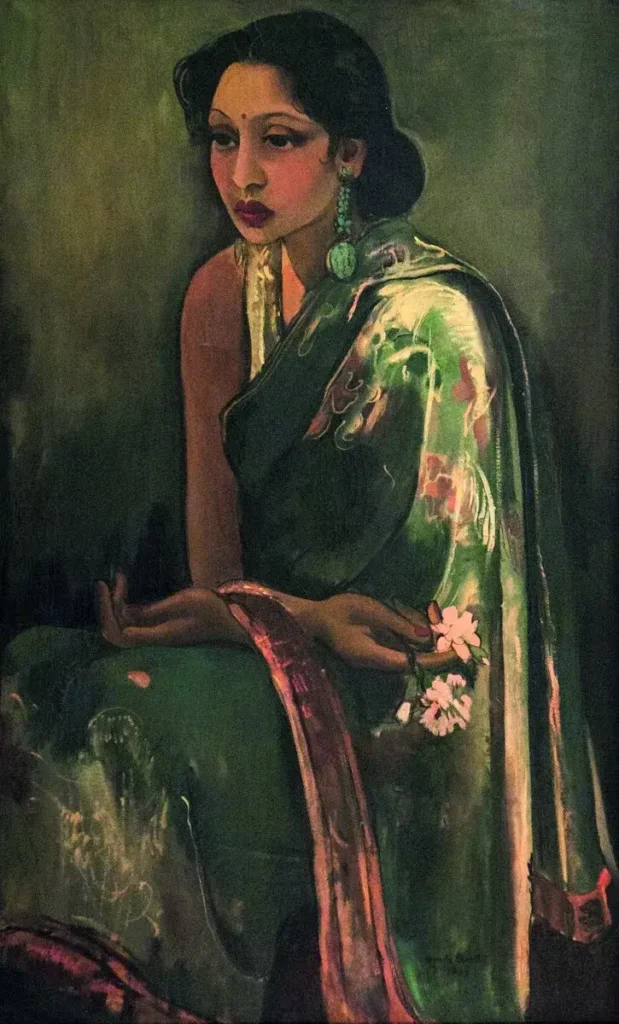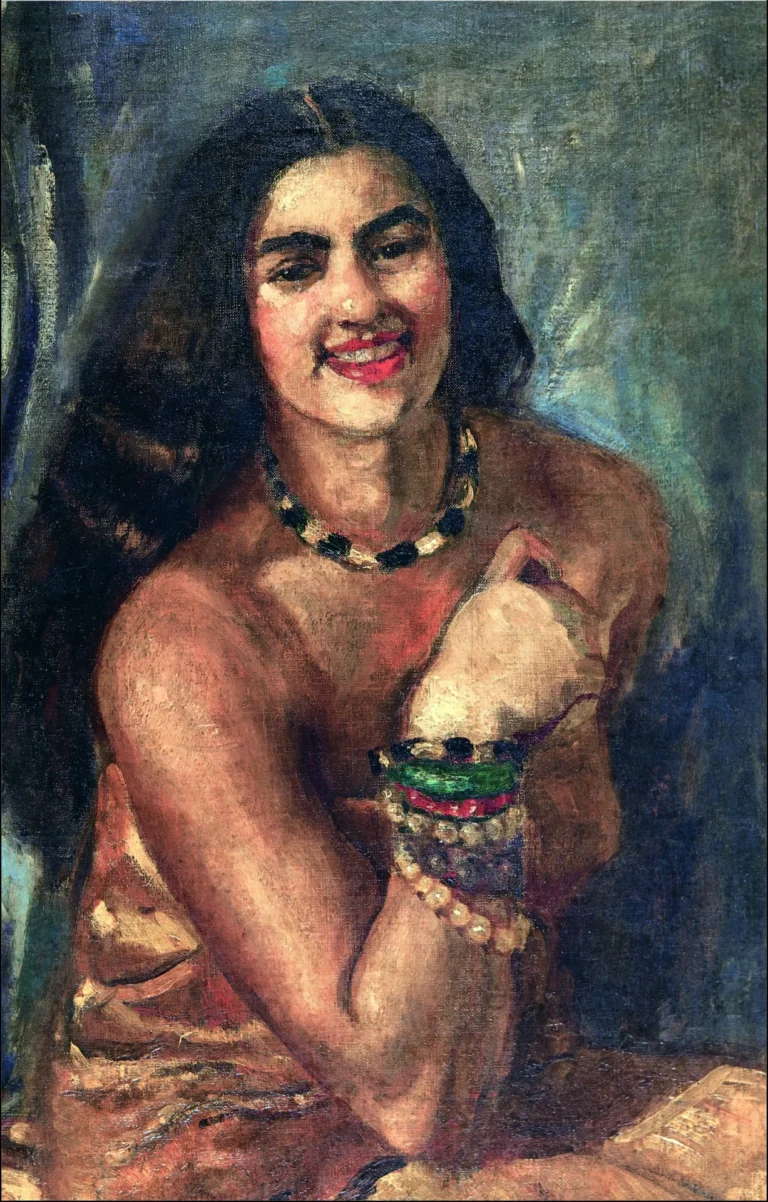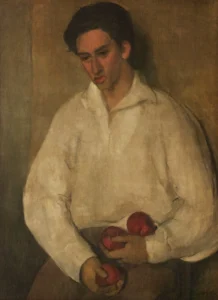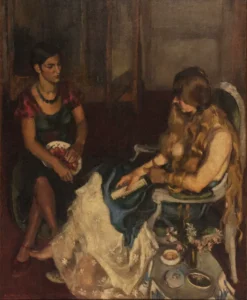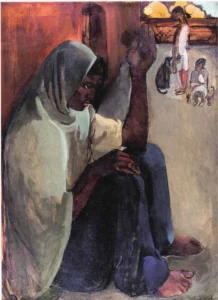Sumair (1936)
Amrita Sher-Gil's Sumair is an enchanting portrait created in 1936 showcasing her cousin, Sumair. The painting is notable for its vibrant colors and distinctive style that marry European influences with Indian subjects. Sumair, adorned in a floral saree and drop earrings, exudes a lively essence, reflecting Sher-Gil's mastery in capturing emotion and personality through her brushwork. The artwork stands as a significant example of Sher-Gil's contribution to Indian modern art.
Year 1936
About the Artwork
Did You Know
Liked what you see? Add it to your collection.
Enjoyed reading? Share it.
... continued
Subject
Sumair is a portrait of Amrita Sher-Gil's cousin, Sumair. This painting is part of her series of portraits that often featured friends, family, and fellow students.
Description
In the painting, Sumair is depicted wearing a floral saree, a clean bun, and drop earrings. Her appearance is characterized by big round eyes, blushed cheeks, and red lipstick. She is holding flowers in her right hand, and her expressions are similar to those of the women in other paintings like "Group Of Three Girls".
Style and Technique
The painting showcases Amrita Sher-Gil's distinctive style, which blends European and Indian elements. It features vibrant and contrasting colors, particularly red and green, which were hallmark elements of her work during this period. The use of oil on canvas highlights her command over the medium and her vigorous brushwork.
Significance
Sumair reflects Amrita Sher-Gil's ability to capture the essence and character of her subjects, often infusing her portraits with a sense of liveliness and emotional depth. This painting is part of the extensive collection of her works held by the National Gallery of Modern Art (NGMA) in New Delhi.




